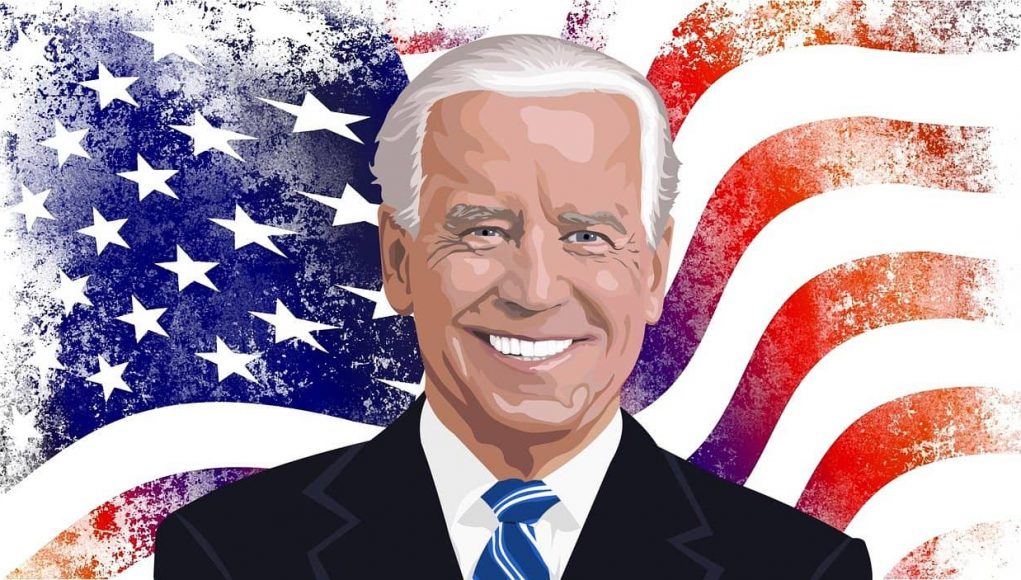While on unveiling a recent plan to cut the cancer death rate in half, President Joe Biden revealed that the administration will invest $15 million in smoking cessation programs targeting menthol and flavoured tobacco products. World Vapers Association (WVA) Director Michael Landl, said that if Biden is serious about eliminating cancer, he must embrace tobacco harm reduction (THR).
Sadly, both the AGs and President Biden appear to overlook the effectivity of vapes for smoking cessation and the significant decrease in youth vaping rates, whilst failing to address the underlying reasons why American teens turn to vaping. Instead of insisting on stringent regulations and bans, and relying solely on federal regulatory bodies for enforcement of current laws, these Attorneys General could urge state legislators to allocate their tobacco revenue towards combating youth vaping at the source.
Why do teens vape?
In fact, the annual National Youth Tobacco Survey (NYTS) for 2021, found that while ever vapers said that they mostly tried the products because “a friend used them” at 57.8%, current vapers said that the most common reason for use was “feeling anxious, stressed, or depressed” (43.4%). In light of this, wouldn’t it make more sense if lawmakers focused on setting youth programs that tackle these issues, rather than insisting on bans?
Moreover, data keep indicating that the panic surrounding teen vaping rates is unfounded. Earlier this year, the Centers for Disease Control and Prevention’s (CDC) Morbidity and Mortality Weekly Report, indicated that adult use of all “tobacco products”, a category which inaccurately includes non-tobacco products such as vapes, has dropped from 20.8% in 2019 to 19% in 2020.
Published on the 17th of March, the report suggested that while the “tobacco use” rate dropped from 50.6 million people to 47.1 million people, 12.5% of the population in 2020 (over 30 million people), were current cigarette smokers. More specifically, the smoking rate which in 1965 was at an alarming 42%, dropped from 14% in 2019 to 12.5% in 2020.
US vaping rates have actually dropped
Interestingly, the use of safer nicotine alternative products has also decreased. Contrary to what the alarming media reports say, vaping rates have dropped from 4.5% (10.9 million people) to 3.7% (9.1 million), while smokeless tobacco use has decreased from 2.4% to 2.3%. Similarly, the results of the 2021 Youth Risk Behavior Survey (YRBS) also recently published by the CDC, have indicated a drop in smoking and vaping rates, in a number of US States.
While the NYTS found that e-cigarettes were the most commonly used tobacco product in 2021. Titled, “Tobacco Product Use and Associated Factors Among Middle and High School Students — National Youth Tobacco Survey, United States, 2021,” the survey concluded that all forms of youth tobacco product use and associated factors must keep being monitored for the development of public health policy and action at national, state, and local levels.
According to the survey conducted in 2021, approximately 34.0% of high school students, totaling 5.22 million, and 11.3% of middle school students, equating to 1.34 million, reported having experimented with various tobacco products. These included vaping products, conventional cigarettes, cigars, smokeless tobacco, hookahs, pipe tobacco, heated tobacco products, nicotine pouches, and bidis.
Among the products used, vapes were the most commonly used, with 11.3% of high school students (1.72 million) and 2.8% of middle school students (320,000) reporting vaping. These were followed by cigarettes, cigars, smokeless tobacco, hookahs, nicotine pouches, heated tobacco products, and pipe tobacco.




![Recent Conference Urged Nations Worldwide to “Quit [Smoking] Like Sweden”](https://www.vapingpost.com/wp-content/uploads/2024/04/vape-conference-238x178.png)



